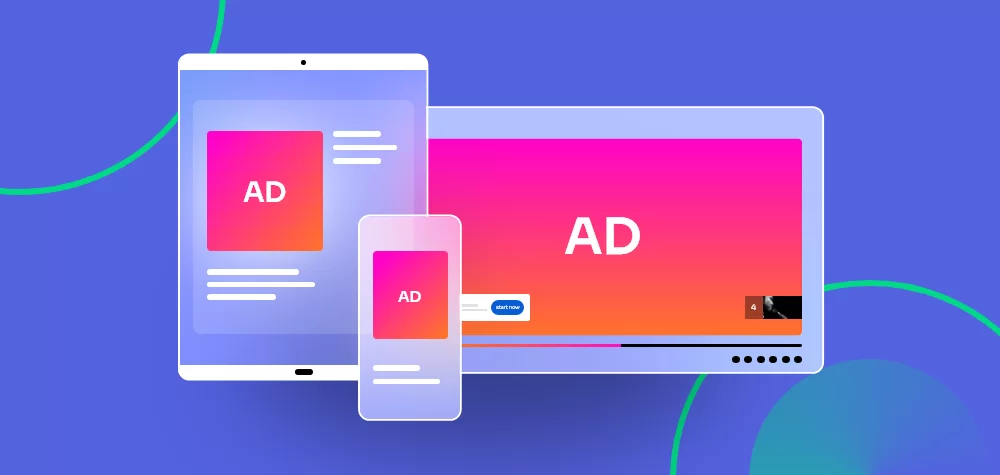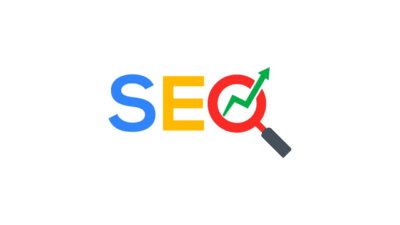What Is Programmatic Advertising?
Programmatic advertising uses automated technology and algorithmic tools for media buying. The term programmatic relates to the process of how ads are bought and sold in the advertising space.
Programmatic advertising differs from more traditional media buying methods in its use of automation. It analyzes many user signals to ensure that ads serve the right person, in the right place, at the right time.
Essentially, it automates the decision-making process of ad placement – without having to manually negotiate prices or placements like other platforms. This means your ads aren’t just thrown out into the digital void of the internet, hoping your audience will notice. Instead, they’re strategically positioned when and where they’ll make the most impact.
What’s The Difference Between Programmatic And Display Ads?
It’s easy to confuse display and programmatic ads, especially with the strides that Google has made in its automated and real-time bidding capabilities.
The largest difference between programmatic and display is:
- Programmatic refers to how ads are bought.
- Display refers to the format in which ads appear.
Display ads are typically colorful banners, videos, or other interactive media that catch your attention on websites and apps.
Programmatic advertising, on the other hand, is considered the “behind-the-scenes” expert. It’s the technology-driven process behind the ads that decides which display ads you see, based on a whole host of factors such as:
- Interests.
- Behaviors.
- Demographics.
- Time of day.
- And more.
The second biggest difference between display and programmatic is the ability to buy ads across platforms.

Types Of Advertising
There are different types of advertising. These should not be confused with the programmatic platforms themselves. The types of advertising are simply how an advertiser purchases ad inventory.
The four most common types are:
- Real-time bidding. This type of bidding is open to all advertisers and most common form, where ad auctions happen in real time. This is also known as the “open marketplace.” Because it’s an open marketplace, it is naturally a highly competitive and dynamic space.
- Private marketplace. Also known as PMPs, this bidding happens when publishers have invite-only agreements with a limited number of advertisers. These websites typically offer premium pricing because of the coveted ad space. There’s usually limited scale compared to RTB since inventory is restricted to that particular marketplace.
- Preferred deals. Also known as “Spot Buying” or “Non-Guaranteed Premium,” this is a lesser-known type of advertising. Advertisers choose ad spots before they go on the private or open market. If the advertiser chooses not to buy the inventory, it can then be offered in a PMP or via RTB.
- Programmatic guaranteed. Similar to a preferred deal, but there is no auction bidding. The publisher and advertiser have a direct agreement on a fixed price for ad inventory. It guarantees the advertiser a certain amount of inventory and guarantees the publisher revenue for that inventory.





